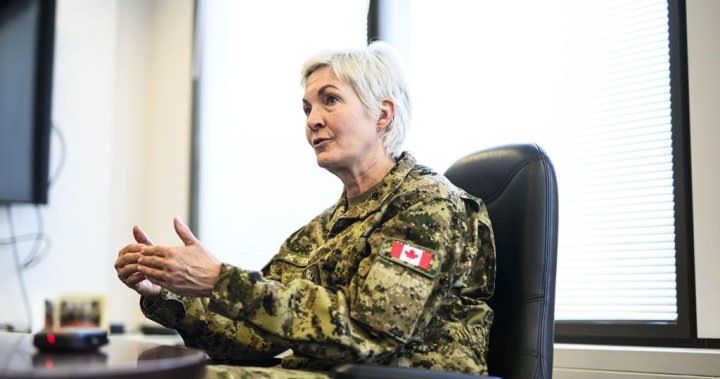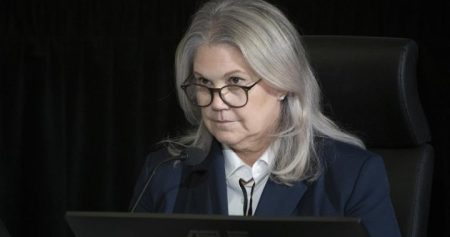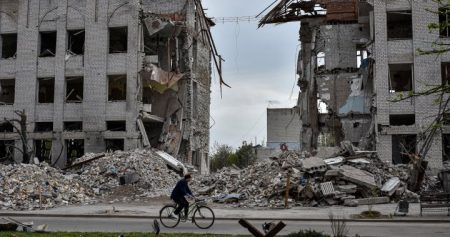Canada’s Defence Priorities in a Shifting Geopolitical Landscape
Canada’s Chief of the Defence Staff, General Jennie Carignan, has emphasized the urgent need for the next prime minister to prioritize national defence and safeguard Canada’s territorial integrity. This call to action comes amidst a backdrop of increasing global instability and concerns over the potential actions of allies, particularly the United States under the then-presidency of Donald Trump. Carignan’s message underscores the importance of investing in defence capabilities, modernizing equipment, addressing personnel shortages, and adapting to the evolving geopolitical landscape.
Carignan’s concerns stem from observations of sovereignty breaches in recent years, highlighting the need for Canada to take responsibility for its own defence. This message resonates with longstanding calls from Canada’s allies for increased defence spending. While Canada has increased its defence budget under the Liberal government, it still falls short of NATO’s two percent GDP target, a shortfall that has drawn criticism from allies, notably the United States. Trump’s demands for even higher NATO spending targets, reaching five percent of GDP, further intensified the pressure on Canada and other allies to bolster their defence capabilities.
The urgency of this issue is compounded by Trump’s rhetoric and actions, including his questioning of Canada’s military capabilities and his criticism of international agreements involving Canada. Trump’s claim that Canada "doesn’t have a military" and that the U.S. is responsible for protecting its northern neighbour raised concerns about the reliability of the U.S. as a defence partner. Furthermore, Trump’s criticism of the icebreaker pact between Canada, the U.S., and Finland, aimed at strengthening Arctic security, casts doubt on the future of collaborative defence initiatives.
Carignan emphasizes that efforts to accelerate defence investments were already underway before Trump’s presidency, demonstrating a proactive approach to modernizing Canada’s armed forces. These efforts include a substantial investment in modernizing NORAD, the joint U.S.-Canada defence alliance, which plays a critical role in protecting North American airspace. Carignan’s focus on accelerating spending and procurement underscores the need to obtain necessary equipment and capabilities efficiently to maximize the value of investments.
Addressing the personnel shortage within the Canadian Armed Forces is another key priority. Carignan has set a target of 2029 to eliminate the 16,500-member shortfall and restore the forces to full capacity, highlighting the importance of recruitment and retention. This objective requires a redesign of training procedures to attract and retain qualified personnel. Simultaneously, Carignan is focused on maintaining and modernizing existing bases and equipment while exploring innovative procurement methods to expedite the acquisition of critical capabilities.
While acknowledging the potential challenges posed by an unpredictable U.S. administration, Carignan emphasizes the need to adapt and develop new defence strategies if necessary. She stresses the importance of dealing with the current realities and working to strengthen Canada’s defence posture. Carignan’s pragmatic approach reflects a commitment to ensuring Canada’s security and sovereignty in a complex and evolving global environment. The overarching message is clear: Canada must take ownership of its defence and be prepared to adapt to changing circumstances, regardless of the actions of its allies. This requires a sustained commitment to investing in defence capabilities, modernizing equipment, and addressing personnel shortages to ensure Canada’s security and sovereignty in the years to come.










